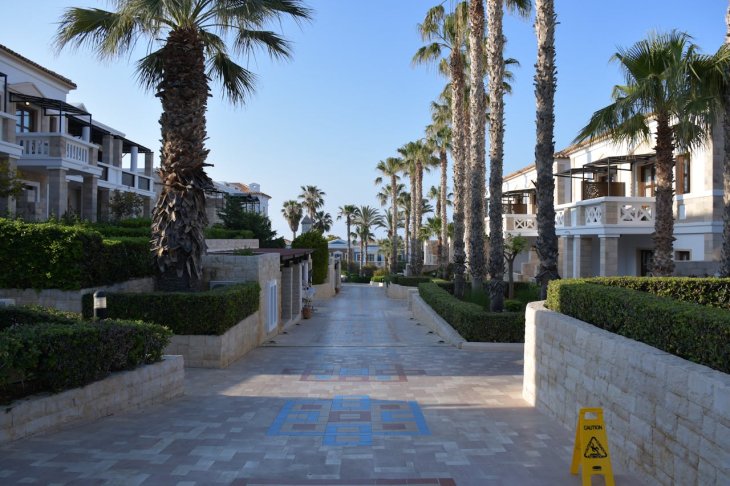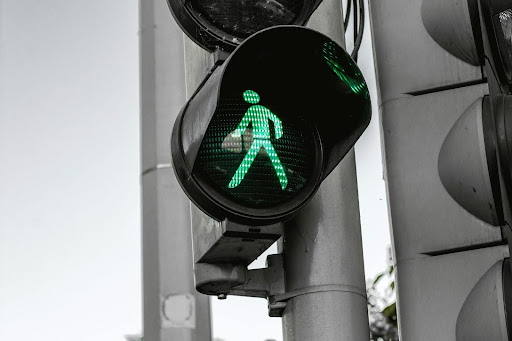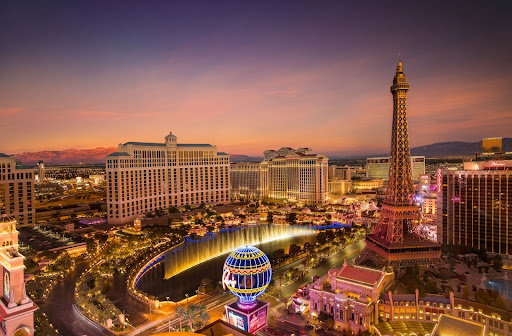California is no stranger to natural challenges. But when it comes to building back stronger, the state is not backing down. In fact, it is going all in. Governor Gavin Newsom has announced a massive $1.7 billion investment to upgrade, repair, and future-proof local highways. This is not just about patching potholes. The project is all about building a more resilient, climate-ready transportation system that can handle the heat (literally), the floods, and everything in between.
Of course, no one expects that the transportation situation will change overnight. However, the long-term perspective looks promising. So, what is included in this big-budget plan? Who benefits? And how does this tie into California’s bigger vision for the future? Let’s dive in.
What’s the Big Deal?
The California Transportation Commission (CTC) has greenlit nearly $1.7 billion in funding for highway projects across the state. That’s a lot. However, every dime will pay back in the long run. Of course, the Bicycle Accident Lawyers Group can help manage accidents. However, CTC is the necessary solution to be developed without delay.
It is a part of Governor Newsom’s “Build More, Faster – For All” infrastructure plan — a strategy focused on safety, climate resilience, and equity. Out of that $1.7 billion, $86.5 million is going specifically to repair roads damaged during the devastating Los Angeles wildfires and storms earlier this year. That includes fixing retaining walls, hillside slopes, and road surfaces that were literally scorched or washed away.
Breaking Down the Projects
Let us shed some light on the biggest, most interesting projects getting funded.
Interstate 805 Improvements – San Diego Area ($195.5 million)
If you live in or travel through San Diego, Chula Vista, or National City, you will want to pay attention to this project. This nearly $200 million investment will:
- Rebuild and modernize the roadway and drainage systems
- Add a new bike trail and pedestrian bridge
- Install enhanced safety upgrades to reduce accidents
This is not just good news for drivers. It is also a big win for cyclists and pedestrians, which aligns with California’s goal of offering more sustainable transportation options.
Cordelia Commercial Vehicle Facility Replacement – Fairfield ($129 million)
Ever driven I-80 through Fairfield and noticed the commercial truck enforcement checkpoint? Well, it is getting a complete rebuild. This project will:
- Replace outdated infrastructure
- Improve safety for truck drivers and passenger vehicles
- Speed up traffic flow through this important commercial corridor
With so many goods moving across California by truck, this upgrade keeps freight moving efficiently and safely.
Malibu Repairs After Fires and Storms – State Route 1 ($30 million)
California’s coastal roads are known for their beauty and their vulnerability. The Malibu area was hit hard by wildfires and rain this year, and now $30 million will be used to:
- Replace a retaining wall near Big Rock Road
- Rebuild protective slope drapery systems
- Stabilize hillsides along State Route 1 near Mulholland Drive
These fixes are good aesthetics. Additionally, they will protect travelers from future landslides and erosion, especially with more extreme weather events on the rise.
Where’s the Money Coming From?
This massive investment did not come out of nowhere. It is being funded by a combination of state and federal sources, including:
- Senate Bill 1 (SB 1) – Also known as the Road Repair and Accountability Act of 2017, this law provides about $5 billion annually for road and transit projects across California.
- Infrastructure Investment and Jobs Act (IIJA) – This federal infrastructure bill, passed in 2021, is the largest of its kind in decades. California has already received nearly $62 billion from it, with funds going toward everything from roads and bridges to public transit and broadband.
In fact, the IIJA funding has already created more than 170,000 jobs in the state.
Why It Matters
Are you a commuter, cyclist, truck driver, or weekend hiker? It doesn’t matter. This investment touches almost every Californian.
1. Safer Roads, Fewer Headaches
Potholes, cracked pavement, and damaged slopes are dangerous. This funding helps reduce accidents and make your daily drive (or bike ride) a little less stressful.
2. Climate Resilience
With wildfires and extreme weather becoming the norm, California needs infrastructure that can withstand these events. These projects are designed with climate durability in mind.
3. More Mobility Options
It is not all about cars. The state is expanding bike and pedestrian infrastructure, too. It offers more ways to get around safely and sustainably.
4. Job Creation
Every dollar spent on construction and engineering boosts local economies. From laborers to engineers to traffic controllers, this kind of investment supports thousands of California families.
5. Faster Progress
Thanks to SB 1 and the IIJA funding, projects can move forward more quickly. What used to take 5-10 years to start is now breaking ground in months.
Looking Ahead: A Smarter, Stronger California
Mike Keever, Acting Director of Caltrans, put it best: “This funding translates into safer trip, more accessible mobility opportunities, and strengthening our roadways to protect all travelers during extreme weather events.”
Obviously, California is not just reacting to problems. It is planning ahead, with smarter infrastructure that supports both today’s needs and tomorrow’s challenges. And while $1.7 billion might sound like a lot (because it is), this is just one piece of a larger statewide strategy. Expect to see even more projects in the coming years, especially as California continues tapping into federal funding and pushing for sustainable growth.
Final Thoughts
So the next time you see a construction zone, remember that it is not just about orange cones and detours. It is about safer highways, stronger communities, and a future-ready California. From Malibu to San Diego, from highways to hillside slopes, this investment is paving the way for a more connected, resilient, and livable state. You may need to slow down for construction now. However, you will be driving the benefits for decades to come.
























